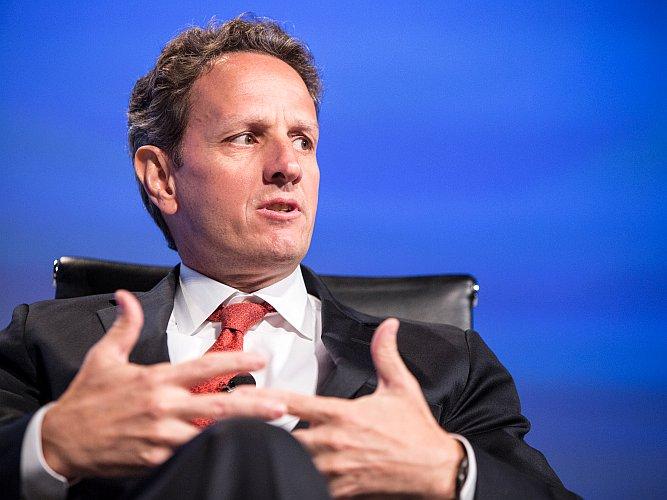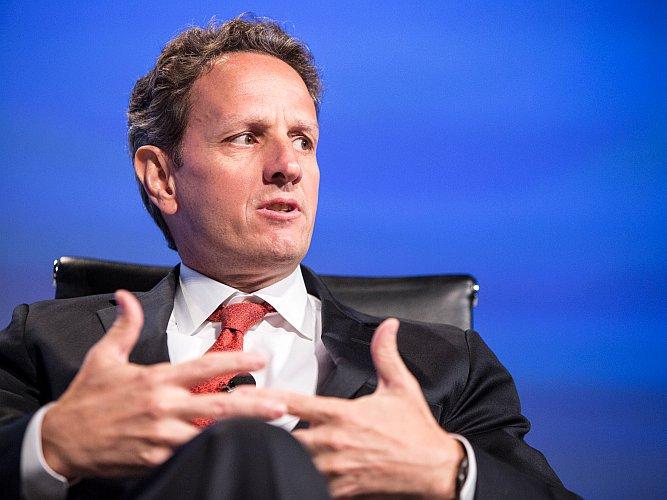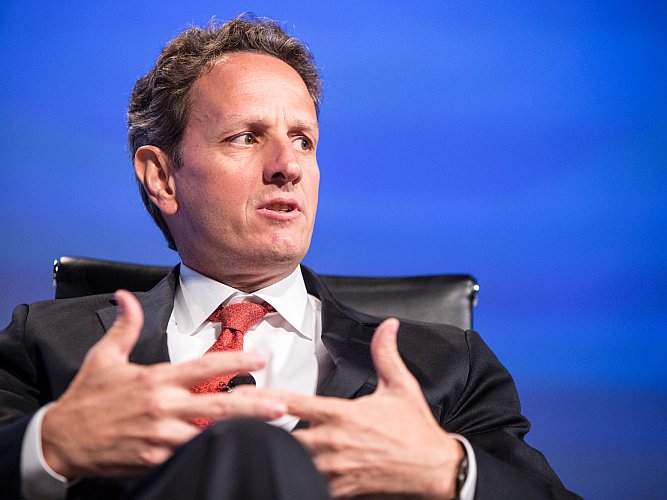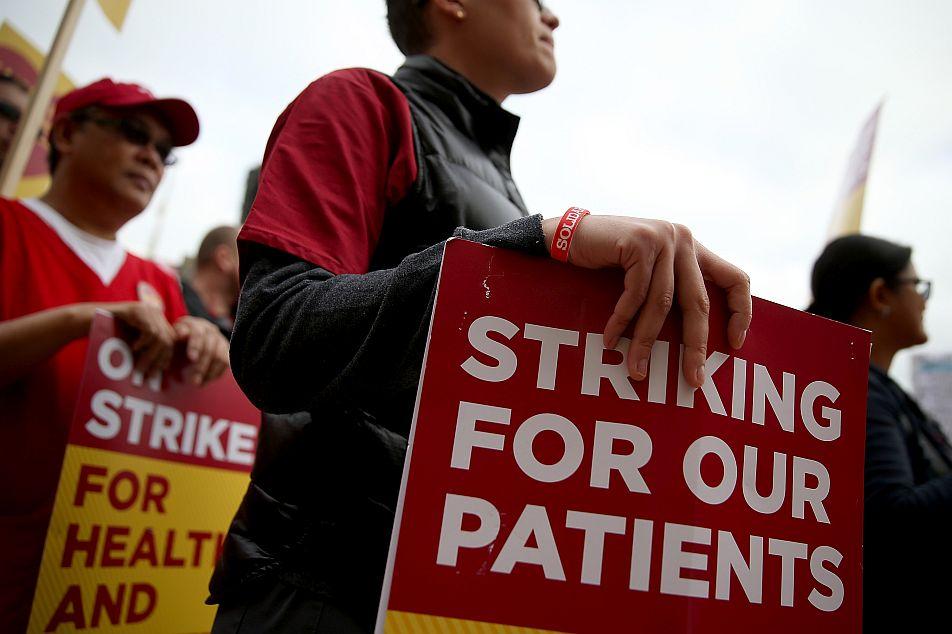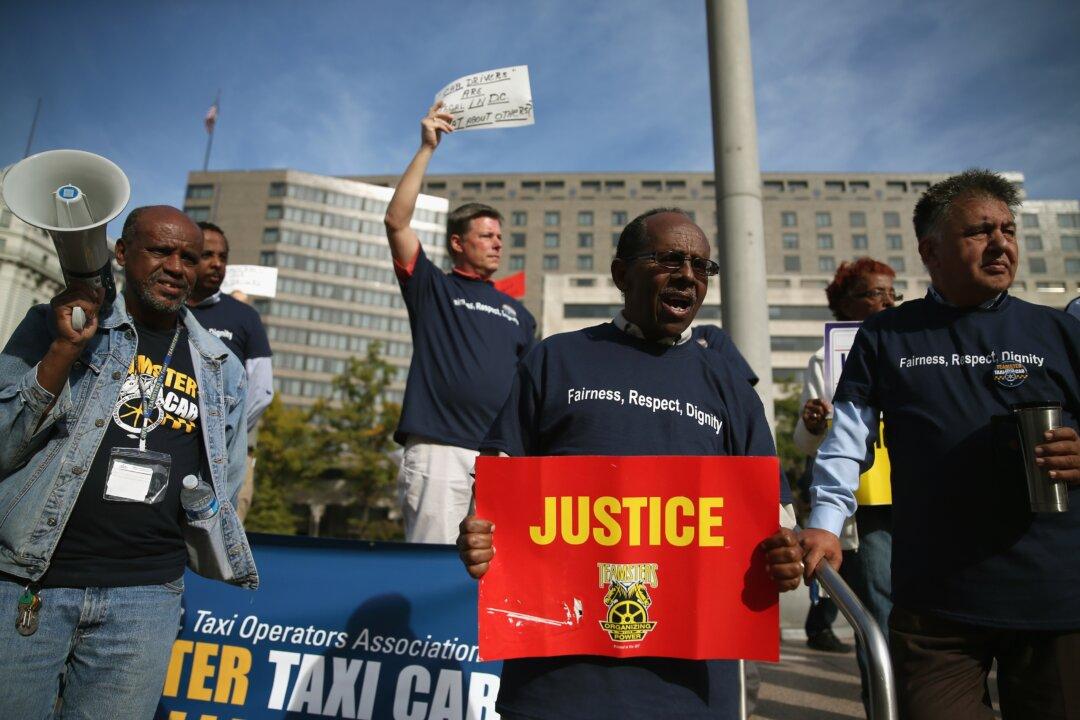Shocking information continues to surface, building on the already known facts released since the London Interbank Offered Rate (Libor) scandal hit the airwaves at the end of June.
The latest publications by the U.S. Federal Reserve Bank of New York, released in what an article on the Financial Post website calls a “document dump,” suggest that the Federal Reserve, the Bank of England, and the British Bankers Association were privy to the Libor tweaking at least five, if not more, years ago.
Market experts imply that the Libor scandal was not just a misstep by banks; it also involved central banks, regulators, and government officials, with some appearing to believe that they had no power to intervene, but could play an advisory role.
“It is clear that then-NY Fed Governor Timothy Geithner was concerned about manipulations of a benchmark market rate. However, it should be no surprise that he could not do much about it,” the Financial Post article said.
The Federal Reserve said not once in its release that it has the power to intervene, but only talks of briefing a number of high-level individuals, expressing its concern, monitoring the situation, and recommending damage control.
“After putting forward recommendations for LIBOR reform to the UK authorities, the New York Fed continued to monitor for problems related to LIBOR,” the Fed release said.
According to discussions among market experts, the Fed’s latest activities, such as releasing the Libor documentation trail, have one intention only: giving the Fed a clean slate of health. Most discussions stress that the Fed didn’t release any follow-up information, implying that it did not take an active part in addressing the Libor manipulation issues.
“As is clear from the work culminating in the report to Mr. King of the Bank of England, the New York Fed helped to identify problems related to LIBOR,” according to the release posted on the Fed website.
The Libor, the rate by which banks are willing to lend among one another, is used as a yardstick by financial institutions worldwide when calculating interest rates on loans to customers.
On a daily basis, Thompson Reuters, a U.K.-based financial market data provider, is given the Libor by a panel of 8 to 16 of the world’s largest banks, including Barclays Bank Plc, Bank of America Corp., Citigroup Inc., Standard Chartered Bank, and Deutsche Bank AG.
According to media releases, all 16 banks on the Libor panel are being investigated.
“The documents, which date back to 2007, show that the Fed became fully aware that banks were lying about their borrowing costs when setting Libor, and chose to take no action against them,” a recent Huffington Post article said.
Incriminating Evidence
“We were borrowing cash there, but … we didn’t put it [interbank interest rates] in lower because we knew if we went into the money market brokers and tried to borrow cash it would be at a higher rate,” an unnamed Barclays employee said during an April 11, 2008, phone call with New York Fed employee Fabiola Ravazzolo, according to the unofficial transcript of the call.
During that phone call, the Barclays employee admitted that borrowing among the banks was in reality between 8 (.08 percent) to 10 (.10 percent) basis points higher than the Libor rate published that particular day. A basis point represents one hundredth of a percent.
The Barclays employee suggested that Barclays had no other choice but to manipulate the Libor rate, as the bank’s stock price was negatively impacted when it reported the exact rate. As a case in point, when the Financial Times picked up and reported on the differences in reporting interbank interest rates, Barclays’s ability to borrow in the interbank market was immediately affected.
“So it’s never supposed to be the prerogative of a, a money market dealer to affect their company share value. … So, we know that we’re not posting um, an honest LIBOR,” the Barclays employee said, according to the unofficial transcript of the phone conversation.
Damage Control
“In late April and into May 2008, New York Fed officials met to determine what steps might be taken to address the problems with LIBOR. The New York Fed also acted to brief other US agencies,” according to the Federal Reserve’s latest release.
According to the Fed’s released publications, a flurry of activities began with a December 2007 phone call between Barclays and the Fed, but seems to have come to an end by the end of 2008.
Among others, the Fed briefed the Working Group on Financial Markets (PWG), established in 1988 by former President Ronald Reagan and tasked with responding quickly to problems in the financial markets.
On June 1, 2008, Timothy Geithner, current U.S. Secretary of the Treasury, contacted Mervyn King, Governor of England’s Central Bank, with suggestions to improve the integrity of the Libor. No follow-up conversation was provided by the Fed.
One suggestion was to “eliminate incentive to misreport,” which should be used as a check and balance to ensure truthful reporting. King acknowledged the receipt of the Fed’s recommendations and was open to further discussion.
Market experts appear to condone the banks’ transgressions concerning the Libor and suggest that the Fed’s hands were tied when it came to chastising banks, given the financial meltdown.
The forgiveness of banks stems from the thought that they couldn’t admit to being a higher credit risk by disclosing that the market was charging them a higher risk rate. Such an admission would tell the financial and investment community that the bank was in financial distress.
What is disconcerting is that the market believes that given a similar market scenario, banks would resort to the same manipulative behavior, and no one could do anything about it.
“Banks were distorting their LIBOR submissions because they had no other choice. … There’s nothing to stop the same thing from happening if credit tightens once again,” the Financial Post article suggested.
Libor Misreporting Is Old Hat
Libor manipulation or misreporting is not a recent subject. Back in 1998, a study by Jeremy Berkowitz, at the time a Fed employee, suggested that erroneously misstating the Libor rate was a possibility.
Berkowitz sampled Libor rates between 1995 and 1997 and suggested that in 1996, there were “unusual spikes,” which he believed to be the result of “three rates [that] were unintentionally misreported.”
The U.S. Department of Justice notes in its documentation that certain Barclays employees were already involved in manipulating Libor rates in 2006, citing an email between a Barclays Dollar swap trader and a Barclays Dollar Libor submitter. A swap is an exchange for one asset or liability for a similar asset or liability to shorten or lengthen the maturity.
“Hi mate[.] We have an unbelievably large set on Monday (the IMM). We need a really
low 3m [3-month] fix, it could potentially cost a fortune,” the trader said in his email.
The end result was that “Barclays’s 3-month Dollar LIBOR submission on March 13, 2006 was 4.90%, which was a rate unchanged from the previous trading day and was tied for the lowest rate submitted,” according to the U.S. Justice Department document.
The Epoch Times publishes in 35 countries and in 19 languages. Subscribe to our e-newsletter.
